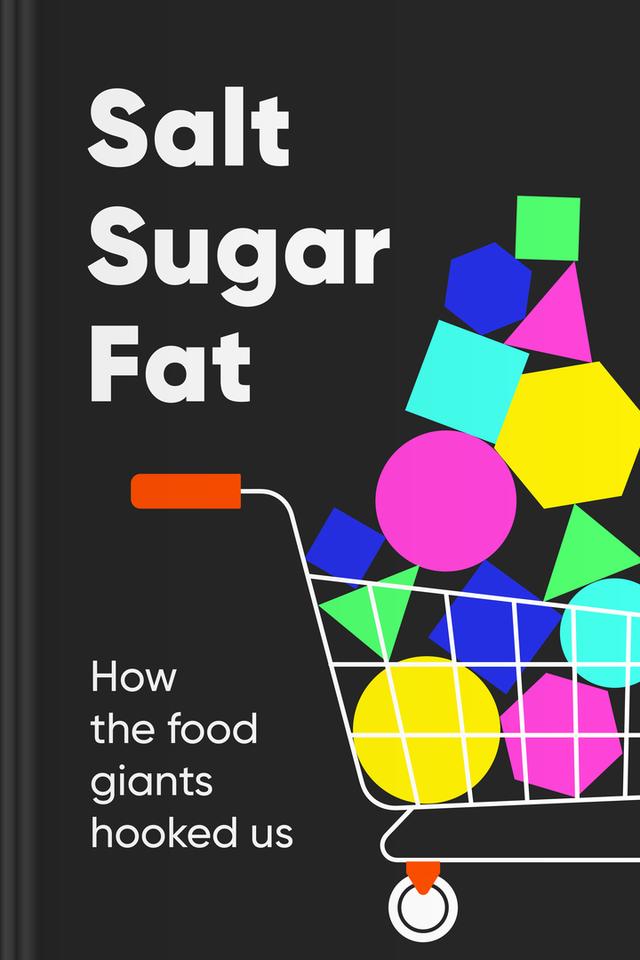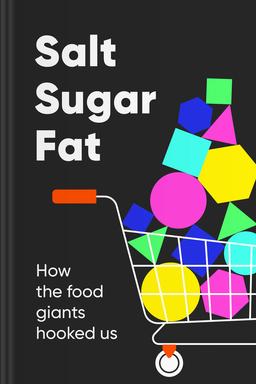You’ll learn
- Why we crave sugar more than other flavors
- How TV revolutionized food consumption
- Why cheese and processed foods are health traps
- About the overlooked dangers of salt
russia has launched a full-scale war in Ukraine. Donate to support Ukraine and protect the world’s peace.

first KEY POINT
Home cooked meals are the norm in society but recently there has been an influx in more refined foods that have taken the food industry by storm. The quality a meal possesses which makes it appealing and delicious is down to many factors; sweet, sour, spicy, and a lot of sensations identifiable by the taste buds. Research has shown that the most prominent taste is that of sweetness.We taste sweetness more than any other flavor, which is why we are predisposed to craving sweet dishes and snacks. Our “sweet tooth” isn't a tooth; it's our tongue, some parts of the palate on the roof of the mouth, and even some parts of the stomach. While this revelation seems new, it is a known fact to significant companies dealing in easy foods or processed foods.
Armed with this knowledge, the companies produce loads of products containing a chunk of the additives for the unsuspecting masses.In the 1950s, the TV had just made its debut, and more women were getting jobs that gave them less time to be at home and cook meals for their families. It was a lucky stroke helped along by excellent marketing. It mattered little; the customer base grew and grew tremendously with the catchy commercials and the products tailored to trigger our sweet tooth. These new prospects, tremendous and “convenient” as they were, were not good enough to replace home–cooked meals, not because they weren't viable but because home economics teachers kept teaching kids growing up how to make these meals.
There was no dependency on processed foods since kids could as well make their meals. The fix for this was to enlist home economics to endorse these processed meals as much better options. It got instant success, garnering enough support to oust home–cooked meals, thanks to the presence of sugar, fat, and salt. This is just a short history lesson. In the remaining chapters, we will dive more into the food industry, see its tactics and how you can prevent yourself from consuming unhealthy food.
second KEY POINT
When humanity was fresh off evolving and rose to the top of the food chain, we craved sugary foods, lots of them. Not necessarily “sweet” foods, but foods that contained the sugars that were converted into energy. Fruits and starchy foods possess many sugars and help us with enough power to escape or fight off predators.It is no longer sustainable to consume unhealthy foods high in sugar as it can lead to severe health conditions. We may have an insatiable hunger for sugar, but we have a limit, a preprogrammed upper limit for when we've had too much sugar. So even though we can't help ourselves, we literally cannot have too much. Guess who knows this convenient piece of information? The processed foods companies, of course.

Continue reading with Headway app
Continue readingfirst KEY POINT
second KEY POINT
third KEY POINT
fourth KEY POINT
fifth KEY POINT